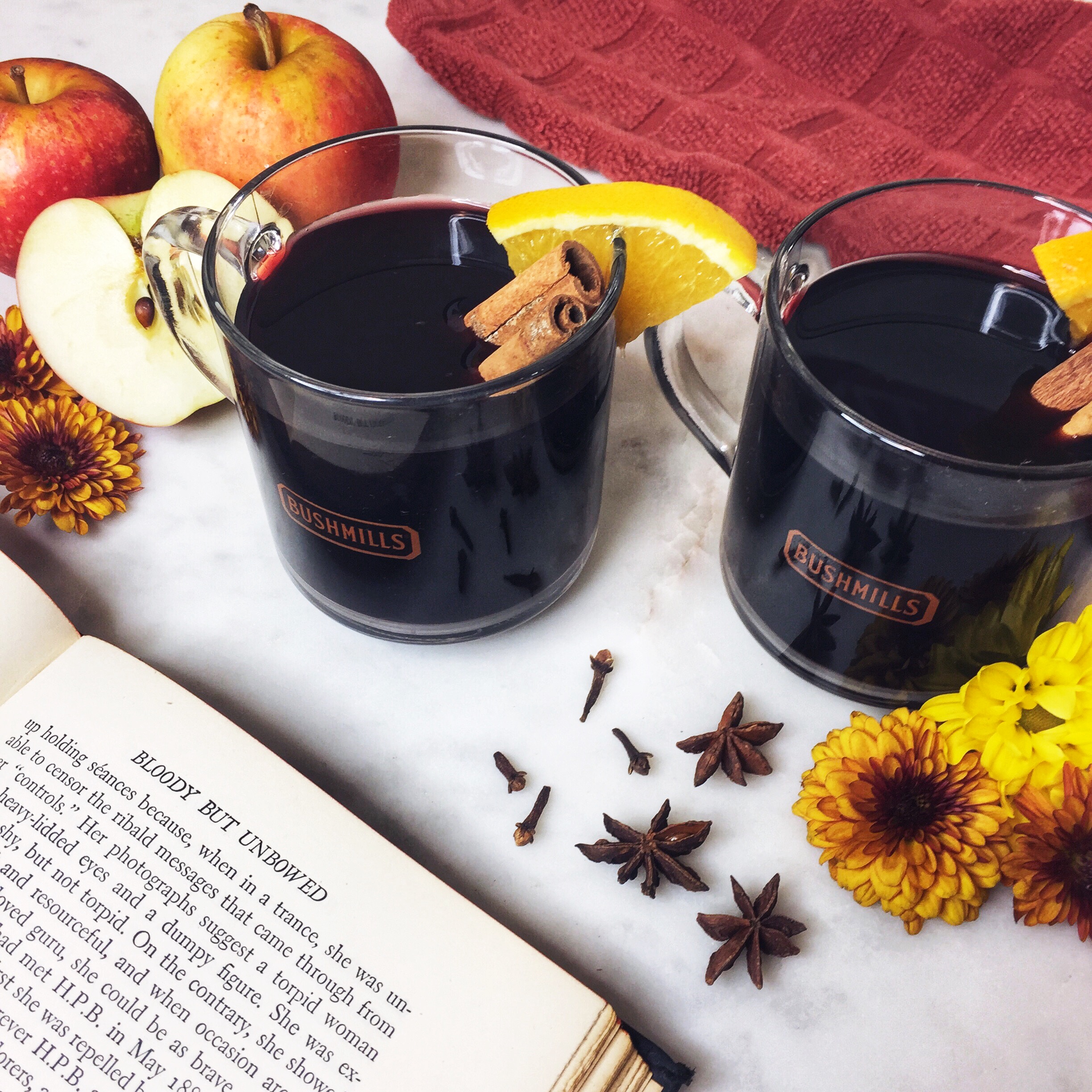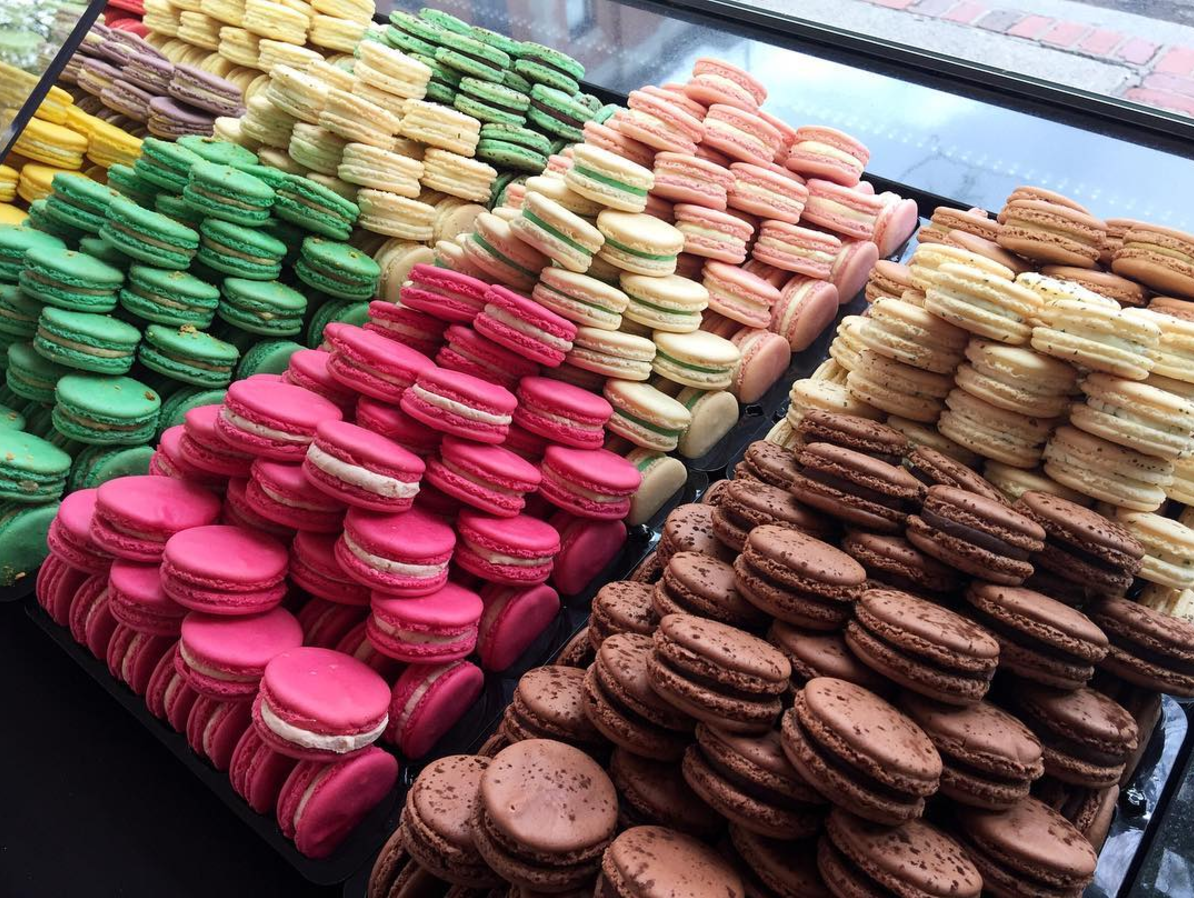My first memory of incense came from a church service when I was very young. My parents did not often attend church but would make an exception when my mother's parents would come to visit. My grandparents firmly believed in the Episcopalian faith so when they visited we made our yearly pilgrimage to our local church to attend Sunday service. It may come as a surprise to hear, but I actually enjoyed going to church. As a child I was captivated by not the words of the service, but by the atmosphere of the church itself. The stained glass windows gleamed with bold colors as the Sunday sun streamed through. I would look at the sequence of windows and wonder if the images were all related, as if they told one continuous story like a comic book or graphic novel.
As the service began the altar boys clad in their crisp white robes would swing incense burners back and forth as they walked down the aisle. The scent of the smoke filtered all the way to the back pews and made the whole church smell, well...heavenly. I would breath deeply as they passed and the scent would transport me somewhere other than my little upstate New York village. I would get visions of spice markets from far away lands and imagine myself traveling there someday.
I believe that atmosphere is strongly underrated when it comes to ritual. It is often the feeling you get, not the words, of a religious service that brings you closer to divinity. I think the Catholic church has always understood this and this is why they consistently fill their services with pageantry, gilded statues, and of course incense.
Incense goes back much farther than the Christian or Jewish faith. There is evidence of incense being used as far back as the early Indus Valley Civilizations. Quickly after incense was developed it began to be used in rituals and ceremonies to honor the Gods and Goddesses. I sometimes like to close my eyes and imagine what some of the ancient Pagan temples must have felt like. I imagine that incense must have enhanced the mysterious quality that imbued these ancient mystic sites.
Nowadays we mostly use incense in our homes as a way to improve the smell or help us relax. Though as practitioners of witchcraft we have the ability to tap into the esoteric qualities of incense and use it to enhance our spellwork and rituals. You can of course purchase incense from many places but by taking it a step further and choosing to make your own incense cones you are tapping into a spiritual craft that has been done for centuries. Making the incense cones yourself allows you to choose the herbs which best correspond to the intention of your spellwork and ritual so that your practice will be imbued with even more meaning and purpose.
MAKING YOUR OWN INCENSE CONES
Step 1 - Choose your dried herbs
You can use many different dried herbs to create incense. The most common ones to use for homemade incense are Sage, Cedar, and Sweetgrass. It’s even better if you’re able to use herbs that you’ve grown and dried yourself. You can also choose the herbs for your incense based on the magical qualities of the plant.
Step 2 - Crush the herbs into a powder
Using a mortar and pestle crush the leaves until they are the consistency of a rough powder. This process may take awhile depending on which herbs you are using.
Step 3 - Add makko powder
Add one teaspoon of makko powder for every three teaspoons of ground herbs. Makko powder is from the bark of the Thunbergi tree. The makko powder will act as a binding agent when water is added, helping to shape the incense into cones. It’s also a natural combustible material that will allow the incense cones to burn slowly and evenly. While you can grind your own makko powder from Thunbergi tree bark it is much easier to purchase it online for the purpose of making your incense.
Step 4 - Add distilled water
Add water very slowly, a couple drops at a time, to the powder mixture until a ‘dough’ is created that you can mold in your hands.
Step 5 - Form the cones
You can either form the incense ‘dough’ into cones by hand or you can use a small conical mold. I recommend checking your kitchen cupboard to see if you have any piping bags. The metal tips on these bags can be detached to make a perfect mold for your incense cones. Measure out a ½ teaspoon of the mixture and press it into the mold. To help release the cone you can insert a pin or twisty tie into the tip of the mold.
Step 5 - Dry the cones
Place your cones on wax paper and allow them to dry for at least 12 hours. Turn the cones over so the bottoms are exposed half way through to insure they have time to dry as well.
Step 6 - Burning the incense
Fill a heat-resistant bowl or small cauldron with sand or salt and then place the cone on top. Light the tip of the cone, wait a couple seconds, and blow it out. The cone will continue to smoke for about an hour.
What is your earliest memory of experiencing incense? Have you ever tried to make your own incense? Share your thoughts in the comments below.
*Images on this post are from Pinterest
















































